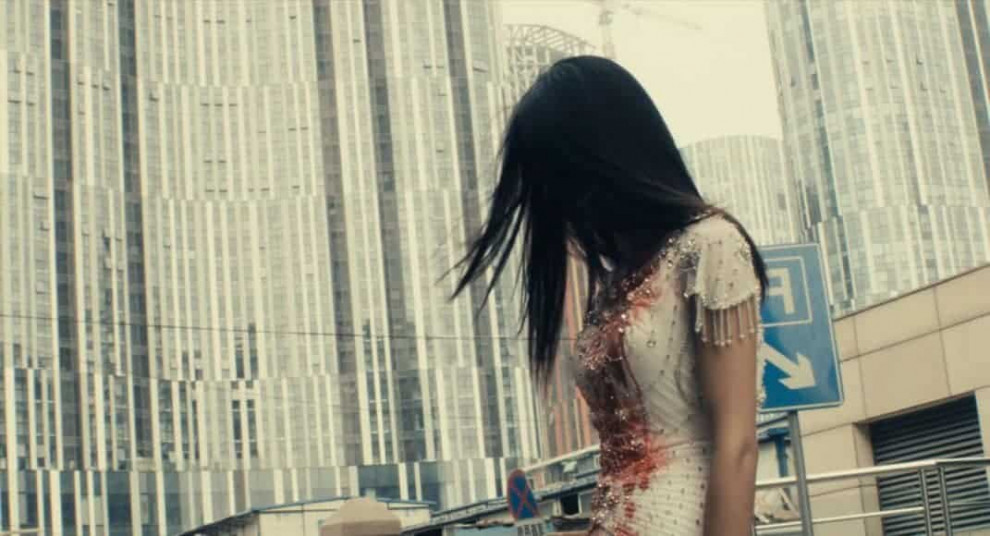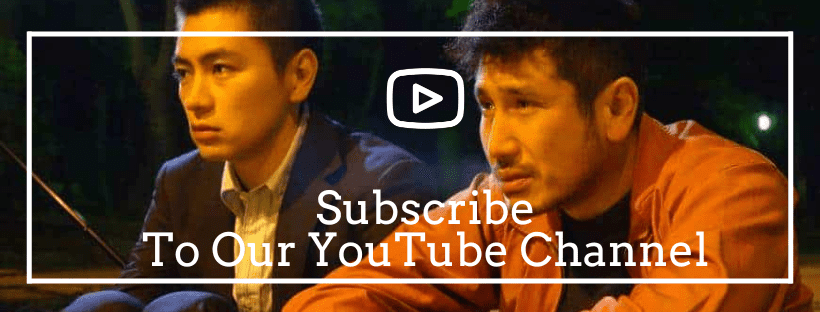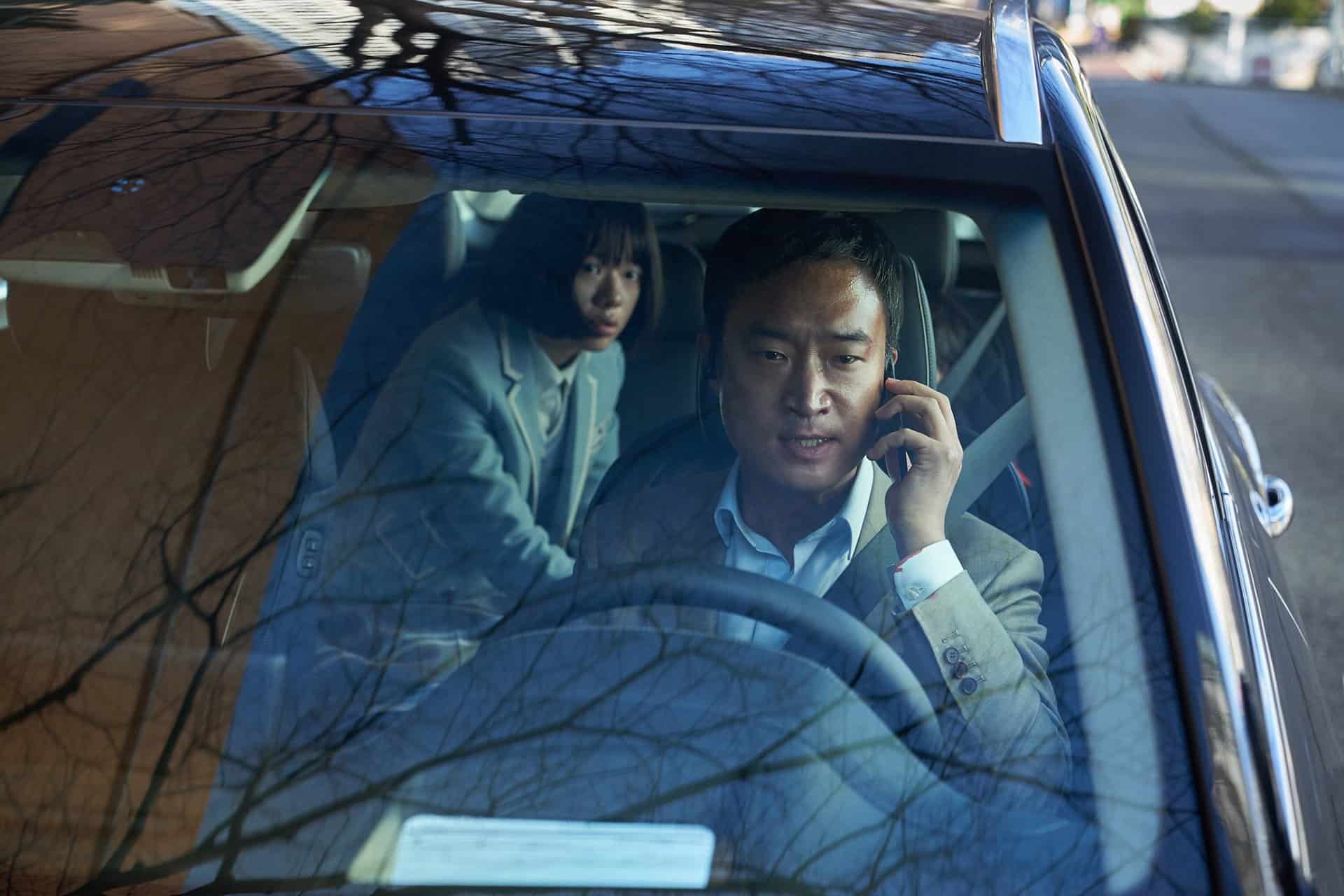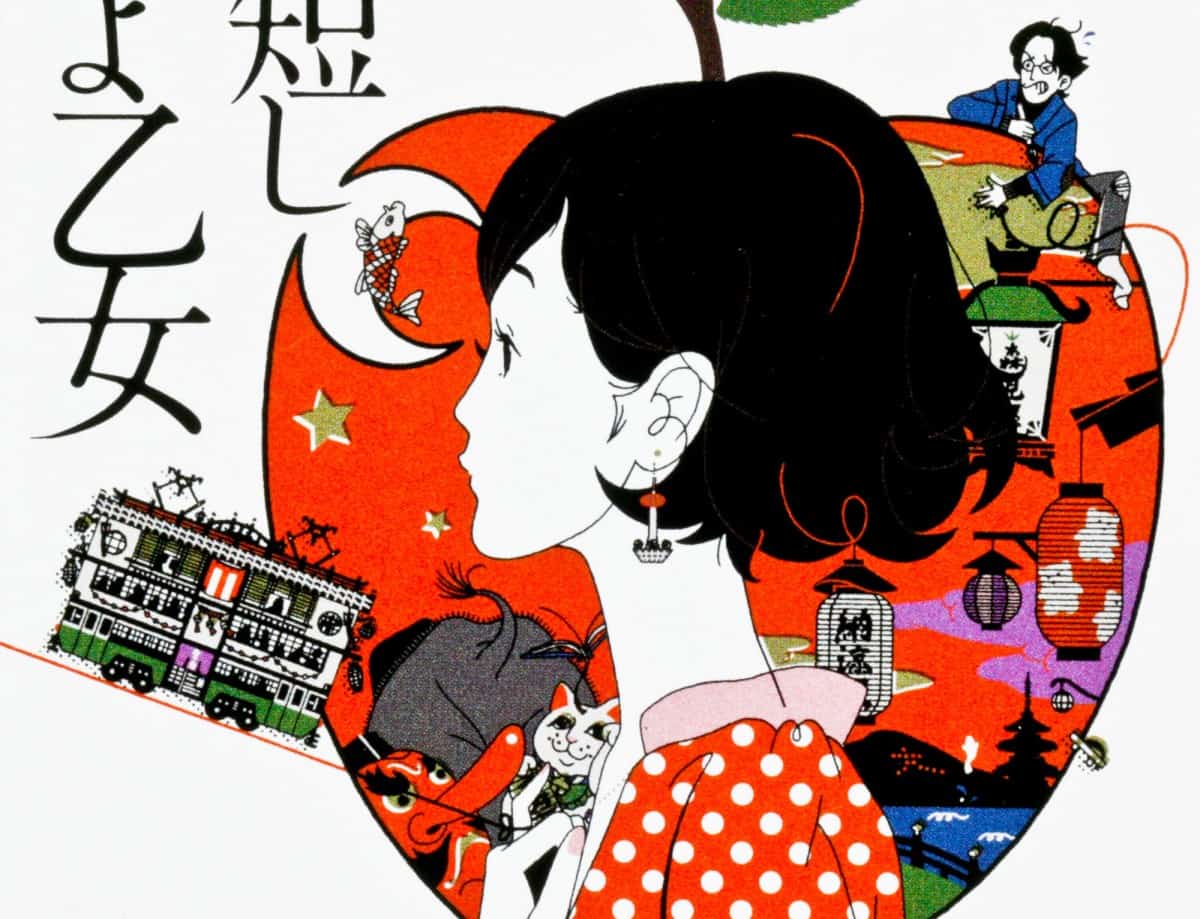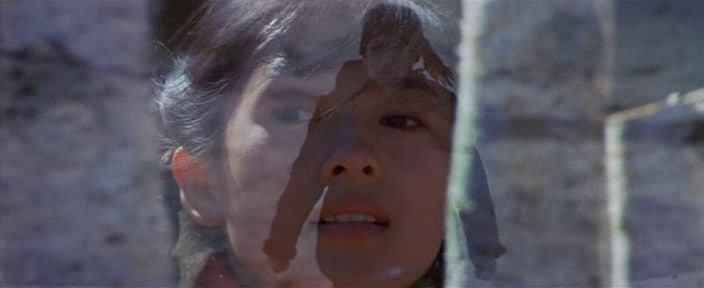Chinese actress Xin Wang was born in 1988 in the city of Tianjin. At the age of 19 she moved to France to study, but during her frequent visits back and upon her return, she noticed the drastic change her home country was going through. With the increasing globalization, the outer appearance of Chinese cities added the brands of global players to its streets. However, apart from the wealth global trade brought to the country, it also propelled a development long forgotten in Communist times.
“The Eye of Silence” is available from Echelon Studios

Of course, eventually the riches were soon divided among the few on top. Eager to spend their wealth on property, cars and other investments, it was just a matter of time until the concept of concubinage was rediscovered. Banned under Communist rule, the idea of being a concubine seems appealing to many young women in search of lucrative career options. When Xin Wang attempted to enter the film industry of her home country she encountered how the process of objectifying women to “fresh meat” had already started. No one noticed her talents, only her looks mattered, and it was naturally assumed she was open to the idea of becoming someone's “er nai” (second wife).
Considering these developments, French filmmaker Emmanuel Sapolsky became interested in the idea of portraying this new version of Chinese society. Having lived in Beijing for quite some time and worked in Chinese television, he was able to observe similar changes to the ones Xin Wang already witnessed. In an interview published on filmdoo.com, the director states how he loves Chinese culture, but could not help noticing the rise in population, pollution and other issues in the Chinese capital. With his first feature film “The Eyes of Silence”, a mixture of thriller, fantasy and drama, Sapolsky and Xin Wang, who produced, co-wrote and played the leading role, attempted to explore these issues. A society whose ties increasingly depend on money, influence and status surely has its fair share of bodies to hide, things which are better left “unseen”.
Amélie (Xin Wang) and her friend Coco (Bo Sun) try to get by in the city of Beijing accompanying other men to business meetings and other kinds of events. More importantly, they aim to find a man, one with money and influence, before they turn 30. Recently Coco has met Huang Yi Bo (Qing Li), a rich businessman, who has already spoiled her with many gifts, compliments and invitations to parties. Because her friend is still looking for someone, Coco convinces her to join her and Huang on one of those parties.
Even though the view of two other men accompanying Huang makes Amélie a little nervous, she finally gives in to the rambunctious mood of the occasion. When she meets the charming Li Sheng (Qi Dong), who wants to meet her again, she is even more willing to give in to the now quite drunk atmosphere of the party. However, as Huang proposes to play one last game, something terrible happens, and Amélie, who is able to see in the dark, is the only witness to the crime the men have committed.
Right from the opening minutes, Sapolsky's film introduces the most important character of the film: the city of Beijing. Joel Allis' hand-held camera, in combination with the fast-paced editing job by Jean-Baptiste Mithout, present not a city, but a moloch with a dark, neon-lit underbelly. The bright lights of the streets resemble the veins of this entity which seems to expand indefinitely and only seems to calm down for some brief moment when the sun goes up, when characters like Amélie have gone sleeping. However, this place never rests, the repeated use of wide shots showing the skyline of the city, its streets and expansive nature seem to view it is a living, breathing organism.
Consequently, one has to take a look at the image of the city and its characters. While Beijing is undoubtedly embedded in Chinese culture, there is a strong feeling this version of “Chinese-ness” has become more globalized. Interrupting the rows of red lanterns and Chinese restaurants is the constant flow of the “Starbucks”-, “Sony”- and “McDonalds”-signs on the side of buildings. There is also the idea of disguising one's culture as one can see with the two female characters “hiding” their Chinese names behind supposedly more French surrogates. Since “culture” has become a concept so vague, no one really asks twice about the true nature of these names. In many scenes, it becomes evident the Chinese characters Amélie encounters have no idea about the French she uses resulting in her and Coco making fun of their ignorance.
At the same time, their idea of “French-ness” is also questioned. The tacky bedside lamp shaped like the Eiffel Tower, the “Amélie”-poster on the wall and even the nature of their names, all of these aspects show a very narrow view on what constitutes being French. But then again, this kind of stereotypical understanding goes unnoticed in a space whose nature confirms these narrow concepts.
Considering these observations the “winners” or “beneficiaries” are either the rich or the one quick to adapt to the pulse of the times. With her ability to see in the dark due to her “cat eyes”, Amélie is almost logically a creature of the night, almost the majority of the scenes with her either take place then or with her eyes covered behind sunglasses. Especially after she has witnessed the true extent of moral corruption, which forces her to move during daytime, her movements becomes unsure as if she walks through dangerous, unknown territory.
On the other hand, the portrayal of the masculine upper class shows the true extent of the social gap. Shaping the face of the city from their ivory towers, the privileged like Huang Yi Bo are used to the darkness of the VIP-lounge or the urban image framed by the size of their office windows. Their portrayal echoes similar characters from the cinema of directors like Elio Petri (“Property is No Longer Theft”) or Damiano Damiani (“Confessions of a Police Captain”) in their focus on profit and personal gain. Their lack of morals showcases an attitude to distinguish between “them” and “me”, a view which has completely filtered out any unwanted, outside interference.
For characters who are used to do their business in the disguise of shadows, a woman able to see in the dark must logically pose a threat, one that has to be dealt with permanently. But of course, there are hired lackeys standing by willing to perform the dirty work.
“The Eye of Silence” delivers an interesting blend of drama, thriller and social commentary. While its general tone might be a little uneven at times, its cinematography, editing and the lead performances will certainly make for a decent viewing experience. If anything, its awareness of the urban space, its themes and visual metaphors will not go unnoticed as the portrayal of the city is truly disturbing at times and a good foundation for a thriller.
Sources:
1) Pountain, David (2017) Emmanuel Saplonsky Talks The Eye Of Silence
https://www.filmdoo.com/blog/2017/02/15/interview-emmanuel-sapolsky-talks-the-eye-of-silence/, last accessed on: 05/29/2018
2) Coonan, Clifford (2009) China Concubines Return Thanks to Increasing Capitalism
https://www.huffingtonpost.com/2009/08/26/china-concubines-return-t_n_269482.html?guccounter=1, last accessed on: 05/29/2018
3) Er nai – the modern Chinese concubine
http://www.beijingmadeeasy.com/beijing-society/er-nai-modern-chinese-concubine, last accessed on: 05/29/2018


